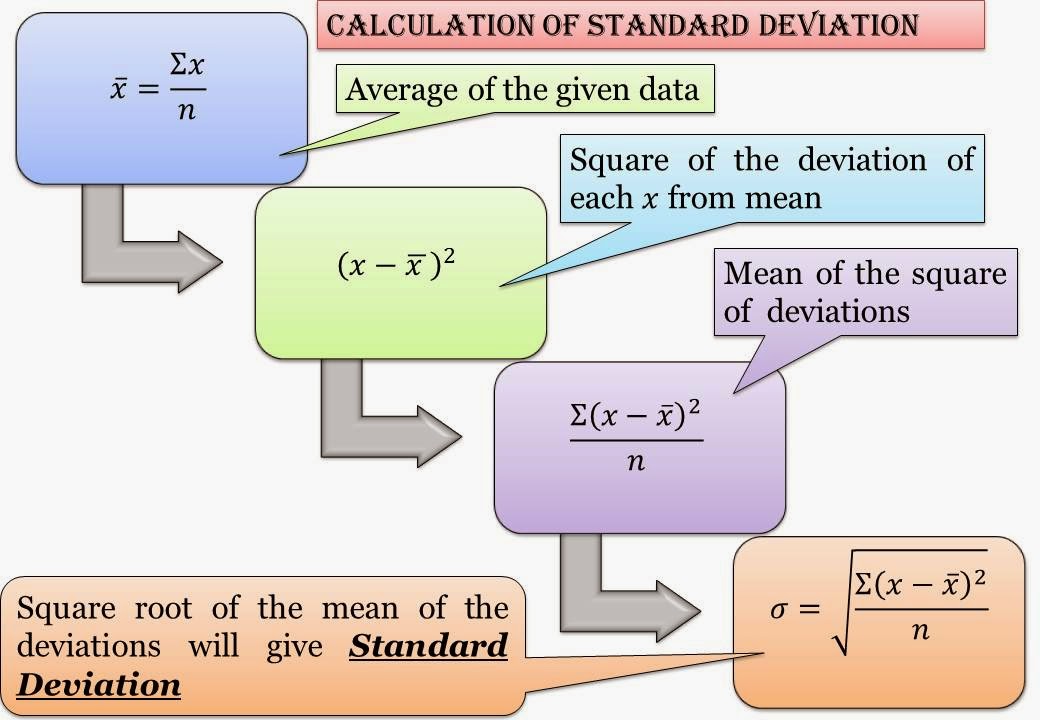Regression
Meaning
Regression is the study of the nature of relationship between the variables so that one may be able to predict the unknown value of one variable for a known value of another variable.Comparison between Correlation and Regression
- Correlation study the degree of relationship between variables while the regression study the nature of relationship between variables.
- Correlation need not imply cause and effect relationship between variables whereas regression implies cause and effect relationship between variables.
- There may be non-sense correlation between variables whereas in case of regression there is nothing like non-sense regression.
- The correlation coefficient is independent of change of origin and scale but regression coefficients are independent of only change of origin but not of scale.
- Correlation coefficient cannot be used for prediction. But regression lines are used for prediction.
Two lines of regression
 |
| Two lines of regression |
Regression equation of line Y on X
When we try to depict the change in 'y' for a given change in 'x', then the regression line of y on x is used.The regression equation of y on x is given by
y-ybar = byx (x-xbar)
Where byx = Cov(x,y)/Var(x)
byx is called the regression coefficient of y on x.
Regression equation of line X on Y
When we try to depict the change in 'x' for a given change in 'y'. then the regression line of x on y is usedThe regression equation of x on y is given by
x-xbar = bxy(y-ybar)
Where bxy= Cov(xy)/Var(y)
bxy is called the regression coefficient of x on y
Relation between correlation and regression coefficient
- byx.bxy = r^2
This implies that multiplication of both regression coefficient is equal to the square of correlation coefficient and the value of r^2 lies between 0 and 1
- Correlation coefficient is geometric mean of both regression coefficients i.e.
r = +/- square root( byx. bxy)
To get telephonic coaching of Correlation and Regression analysis click here
To preview of Correlation, Regression and Time series analysis e-book click here


